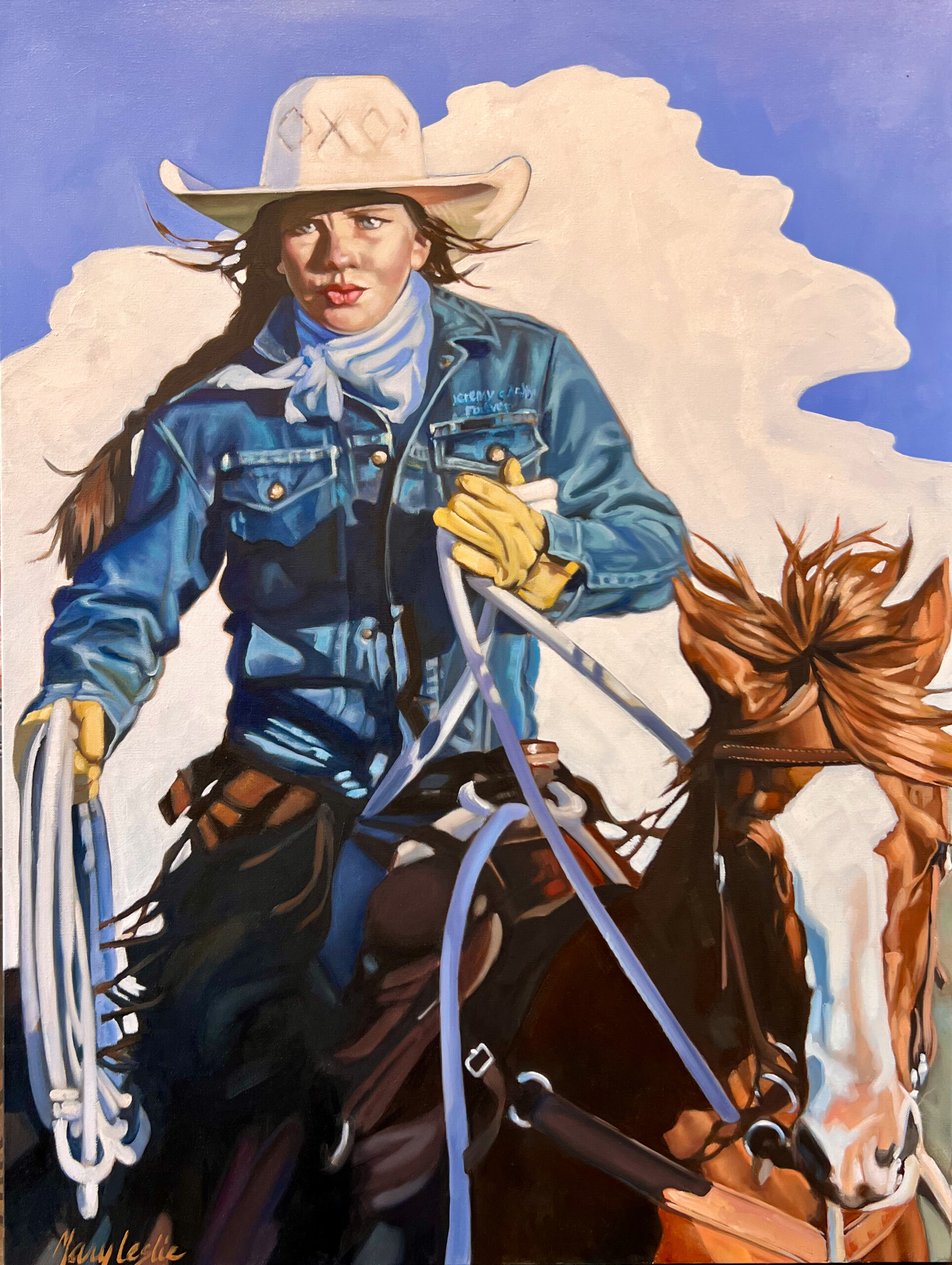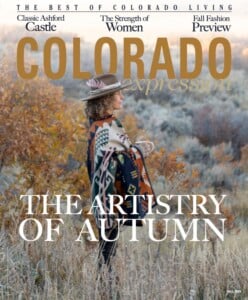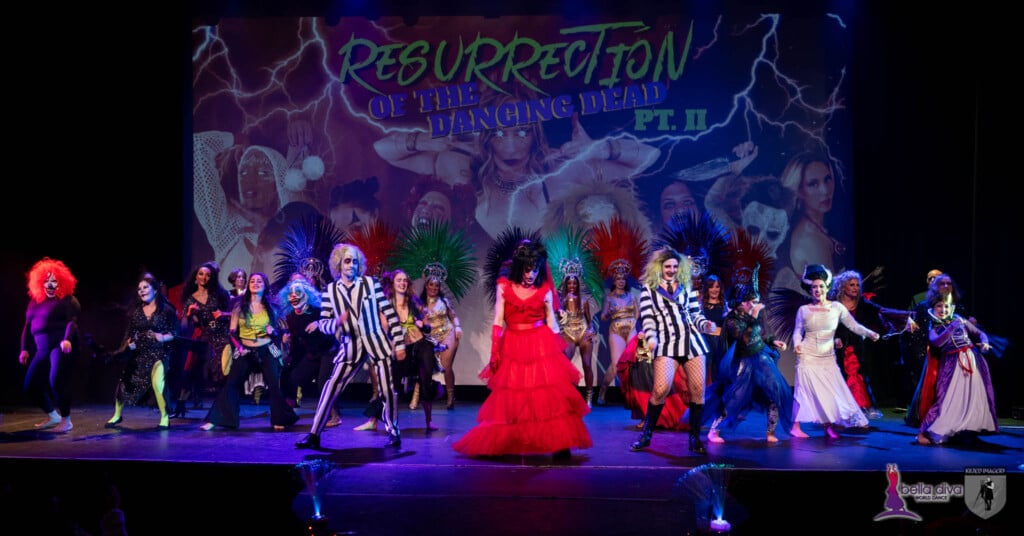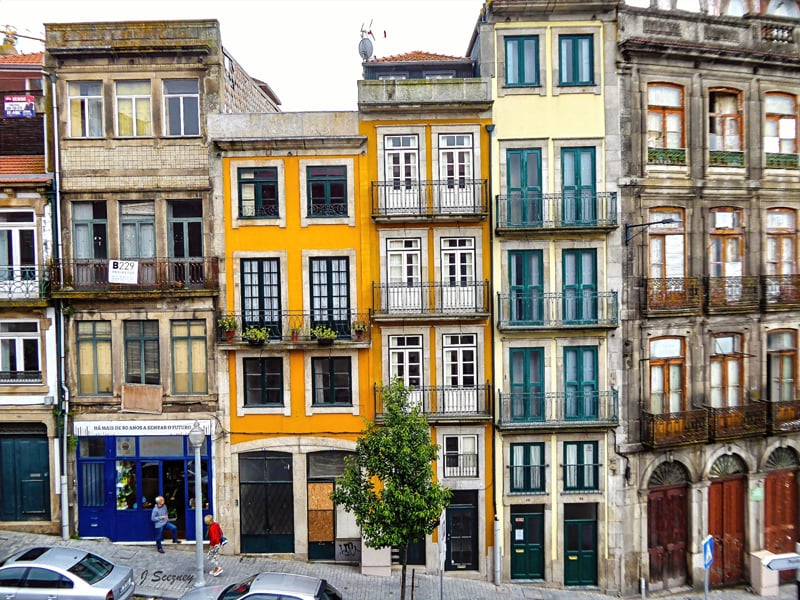Cowgirl Artists of America
An eye-opening journey for the second-generation cowgirl and artist
 Photo courtesy of Cowgirl Artists of America
Photo courtesy of Cowgirl Artists of America
For Tulsa-based painter Megan Wimberley, a visit to a well-known Western art show in 2018 kicked off what she calls an eye-opening journey for the second-generation cowgirl and artist.
“They had these plaques up that had the information about the artists with their work, and each had a photo. I already knew that the representation of women in Western art was typically lower than men, and certainly historically. With this particular exhibit—seeing the photos of the artists, and me being a visual person—it really hit me.”
 Photo courtesy of Cowgirl Artists of America
Photo courtesy of Cowgirl Artists of America
She went home with a catalog. “When I crunched the numbers, it was only 9 percent female artists in the show,” says Wimberley. Not only were women artists not well represented, but a few years later she decided to count up the female subjects in the same show: “Out of 300 works, 97 had men (portrayed in the art). There were about 20 with women. It gives me chills to say that. I grew up in this lifestyle, and one of my favorite things about the Western world is that women are doing all the things.” Not only as wives and mothers, she says, but getting down and dirty right next to their male counterparts: “It’s very obvious. If you go out to a ranch and you see people working, there’s no doubt that women are doing the same things as the men.”
In fact, the U.S. Department of Agriculture acknowledges that women have played a vital role as partners on farms and ranches since the time of the Spanish settlers, as well as often taking on the role of estate and business manager and bookkeeper, much of the time with little recognition. During the world wars, the Women’s Land Army encouraged millions of women to act as principals on farms, which resulted in unprecedented increases in farm production by the end of World War II. Historic data is extremely limited by its own biases: Up until 2002, the U.S. Census only allowed for one principal producer to be named, which by default was usually the husband. Census statistics for 2022 show that nearly 60 percent of farms and ranches have at least one female producer, and women now control 46 percent of U.S. farmland and account for 41 percent of agricultural sales. In agricultural schools nationwide, females are outnumbering males in many programs.
 Photo courtesy of Cowgirl Artists of America
Photo courtesy of Cowgirl Artists of America
With the growing modern interest in the Western lifestyle in pop culture, Wimberley knew she wanted to do something to address the problem of women missing both as artists and subjects in Western art. First, she founded Cowgirl Artists of America (CGA) in 2021. A social media account for the group posts and promotes fellow female Western artists and provides educational resources. Soon, followers wanted to become members, so business coaches, mentors and board members were brought on.
Now, nearly 400 members strong, the organization offers professional and community resources and mentorship to female Western artists and makers.
With a focus on getting women in the spotlight as subjects, Wimberley then turned her attention to creating CGA’s flagship show. “I thought of ‘Women’s Work’ because I remember, in my parents’ and grandparents’ generations, calling something ‘women’s work’—you know, ‘I’m not going to do that, that’s women’s work.’ Women’s work accurately is everything. Everything, plus some, right?”
Now in its second year at the A.R. Mitchell Museum in Trinidad, “Women’s Work” matches up 56 female artists and makers with women on working ranches to show the vast contributions that women continue to make in the West. Indigenous artists sharing work from their own cultures are invited to take part as well.
Museum president Cody Kuehl took no convincing to do the show: “A cowgirl artist show is a great way that the museum can kind of lead from behind,” he says. The father of two girls, he was already looking for ways to bridge the gender gap when he took the position. “I think that we are in a fortunate position to define ourselves as an arts organization that has certain values. I think Cowgirl Artists of America is just a world-class organization that we can really dig in with.”
Oregon leather artist Clair Kehrberg partnered with her grandmother last year for the show. “She taught me how to drive a tractor. She taught me how to ride a horse. We took cows to our local fair. It was very special for me to be able to shine a light on her and everything that she has done for me in my life,” Kehrberg says.
This year, Kehrberg has partnered with her mother. “We have all these paintings of men roping a wild cow or, you name it, but I grew up watching women do all of those things. I grew up with women who could single-handedly run the ranch and the kitchen and the home. There’s no evidence of this throughout our history of artwork, or in history books, and for the women that raised me, I want to see them represented and given the honor that they deserve.”
 Photo courtesy of Cowgirl Artists of America
Photo courtesy of Cowgirl Artists of America
Women’s Work
Aug. 1-Sept. 20
A.R. Mitchell Museum of Western Art
150 E. Main St., Trinidad
Bio: Anna Jensen is an award-winning international journalist and stylist based in Denver. She and her young daughter love traveling and their horses. Follow along @annajensenfashionstylist on Instagram.






